We caught up with the brilliant and insightful Seth Armstrong a few weeks ago and have shared our conversation below.
Seth, thanks for joining us, excited to have you contributing your stories and insights. Coming up with the idea is so exciting, but then comes the hard part – executing. Too often the media ignores the execution part and goes from idea to success, skipping over the nitty, gritty details of executing in the early days. We think that’s a disservice both to the entrepreneurs who built something amazing as well as the public who isn’t getting a realistic picture of what it takes to succeed. So, we’d really appreciate if you could open up about your execution story – how did you go from idea to execution?
Thirty was a mile stone year for me. I think thirty is the age when a boy becomes a man. I now jokingly refer to twenty year olds as merely post teens. The year started in an interesting way. I was hired on to help build a house, and after my first day they fired everyone on the crew and put me in charge. I had worked for another construction company before, but I had never been the head carpenter. And I had never built a custom home. The one thing I did know how to do was cut. I had become an expert cut man and I had confidence that I could make any cut that I needed to make. I also had an ability to teach others the things I knew. If it wasn’t for Rocky I don’t know if I would have been able to build that house. Rocky was invested in the completion of the house, so he would show up everyday to watch the progress. He had installed septic systems for the last 30 years of his life, and he had built a fair share in his younger days. He had bad knees so most of our conversations took place while he sat in his car. Rocky was always watching and giving advice along the way. I ran a five man crew, kept track of everyone’s hours, made material lists and worked on the job everyday. My crew and I did the pier and beam foundation, we welded H beams together over the concrete piers, we framed the three story custom home, built the decks, and dried it in. By the time we finished drying in the house, the builder was already running into money problems. He started blaming me, but he was the one who under bid the project. The money was the only thing I wasn’t responsible for. He had made a commitment to a woman that he could build her a house for one fifth what the average house was being built for. He was in way over his head, but what he didn’t realize is that he was his own worst enemy. He was trying to build something that was extravagant for a fraction of what an average house would cost. It’s like the old saying goes if it sounds too good to be true, it probably is. If he had done more research and planning upfront, he probably could have saved himself a lot of time and money. I believe in treating people with respect and integrity. But when he started yelling and venting his frustration on me, he crossed the line. I have only quit my job a couple times in my life, and this was one of them. After this job I realized that I had the basic skills to start my own construction company. I figured if this guy can run a construction company than I could too. I was already doing everything except writing the checks at the end of the week. I also now had confidence that I could build anything. So Armstrong Quality Construction was born. Looking back in hindsight, I will say knowing how to build is only half the battle, of running a construction company. I learned quickly the stress of providing for my crew, and keeping food on their tables. I didn’t realize how much I would have to hustle, from one job to the next. I ended up hiring my crew that I worked with on the custom home after the builder ran out of money. I learned quickly having a five man crew was a big responsibility. To run a five man crew, you need a lot of work. When I didn’t have enough work, I was running around like a chicken with his head cut off trying to find something, or anything. I was trying so hard to take care of my guys, that I would neglect myself. My first child, Sebastian, was born when I was still building the custom home. So I was not just providing for myself anymore, but for my wife and son. An older gentleman once told me when you have children, that’s when you need to learn how to make better money. When I had to start letting guys go because I couldn’t provide for them it broke my heart. Over the years the company has grown when business was booming, and it would shrink when worked slowed down. I learned that at the end of the day, even if you love what you do, if you’re not making money, then you are wasting your time. I had a really hard time starting out because I wanted to help people out and I would bid jobs too cheap, and I would loose money or brake even. I had to learn some people were only interested in getting the cheapest price, and you can’t make everyone happy all the time. Everyone loves when something looks good, but not everyone is willing to pay for it. I thought I could pick up where I left off building custom homes, but I didn’t realize how difficult it would be to become a home builder. To this day my goal is to design and build one hundred custom homes before I retire. I want each house to be different, designed to fit the needs of the individual or family who will own the house. I am an artist at heart so I love to do new and creative things. I love to see the whole process, from designing the project, to building it. When you can make someone’s dream become a reality, there is no better feeling in the world.


Seth, love having you share your insights with us. Before we ask you more questions, maybe you can take a moment to introduce yourself to our readers who might have missed our earlier conversations?
The thing that sets us apart from other construction companies, especially larger companies is our creativity, and quality. As I look at all the new homes being built I can’t help but see a lack of creativity. I associate all the new home builders with different fast food companies. Each offers a small menu and has a few different options to customize your house. Like going to the fast food restaurant on the corner, and ordering a number 2 with no pickles and extra onions. The houses are built cheap and ready to order. If it’s not on their menu they can’t built it. Even the home building is like an assembly line. Each trade comes in does there craft then moves on to the next house. With very little alteration each house feels the same. Doing the same thing in and out every day with no passion. I was approached to build for a company like this before, but I told them I could not do it, for it would kill my soul. Also the price that they paid was embarrassing. I can understand how so many contractors can forget about quality and integrity. They are rewarded for building fast, not for building good. If they spend extra time trying to do a good job, they may end up loosing money. So they build as fast as they can to try to make a profit. While the builders try to make as much profit possible by cutting costs on anything possible. Home building has become very corporate. When decisions are made at the corporate level, by people who have no experience building, the decisions are cold and lack human emotion. When you don’t have experienced people to watch for quality control, the homes are built quick and cheap, with mistakes covered up, instead of fixed. As the old saying goes you get what you pay for. But sadly most consumers don’t know they are buying a home that was thrown together for the least amount possible and charged the highest possible market rate. The difference is I am very passionate about the work I do. As an artist I look at each project as an opportunity to do something new and creative. For the last ten years I have done a lot of remodeling. I like to tell people we take things that are ugly and we make them beautiful again. We got to restore a one hundred and fifteen year old house last year. It’s so interesting, like a detective pealing back the layers of a house to understand what the original builders were doing. To see which parts were added later, or original. I love the craftsmanship of older homes. That’s how I like to build, with craftsmanships and integrity. When I build something I want it to last for one hundred years.

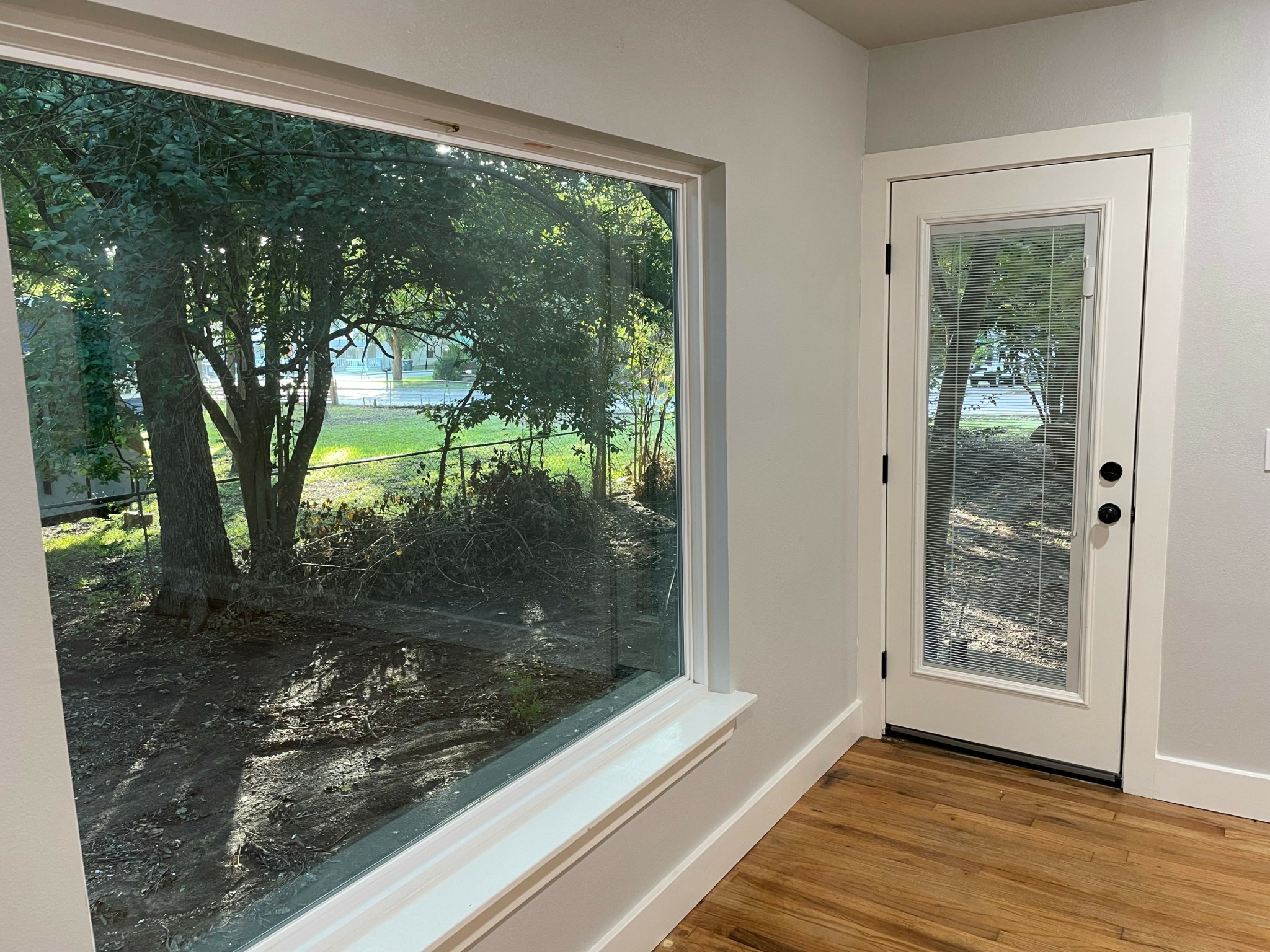
We often hear about learning lessons – but just as important is unlearning lessons. Have you ever had to unlearn a lesson?
When I first started in construction, when I was 20 years old, I became an apprentice for a master carpenter. One day he was teaching me how to cut, and I said the phrase I had heard many times before. “Measure twice, cut once.” My boss said “No. Measure once, cut once, hurry up!” At the time this didn’t make any sense to me. Why? Did he dislike this saying? I just thought he was being rude and didn’t understand. But after some time I began to understand. The thing you need to do is have confidence in your ability to measure and remember your measurement. If you second guess every measurement to take, then you have to measure two times just to make one cut. Then you give your self an excuse to not believe in yourself. Also when you have to measure everything multiple times, it takes a lot longer. But it’s all about confidence, the more confidence you have, the easier it is to measure and make the cut quickly the first time. Most materials you use on a daily basis, are inexpensive. Usually more money is spent on labor than materials, so measure once, cut once, hurry up. One day I asked my mentor what makes a good carpenter? He told me a good carpenter is not someone who never makes mistakes, but someone who can make their mistakes look like they never happened. I was truly lucky to be able to learn from a master carpenter who taught me how to build and treat people with respect and integrity.
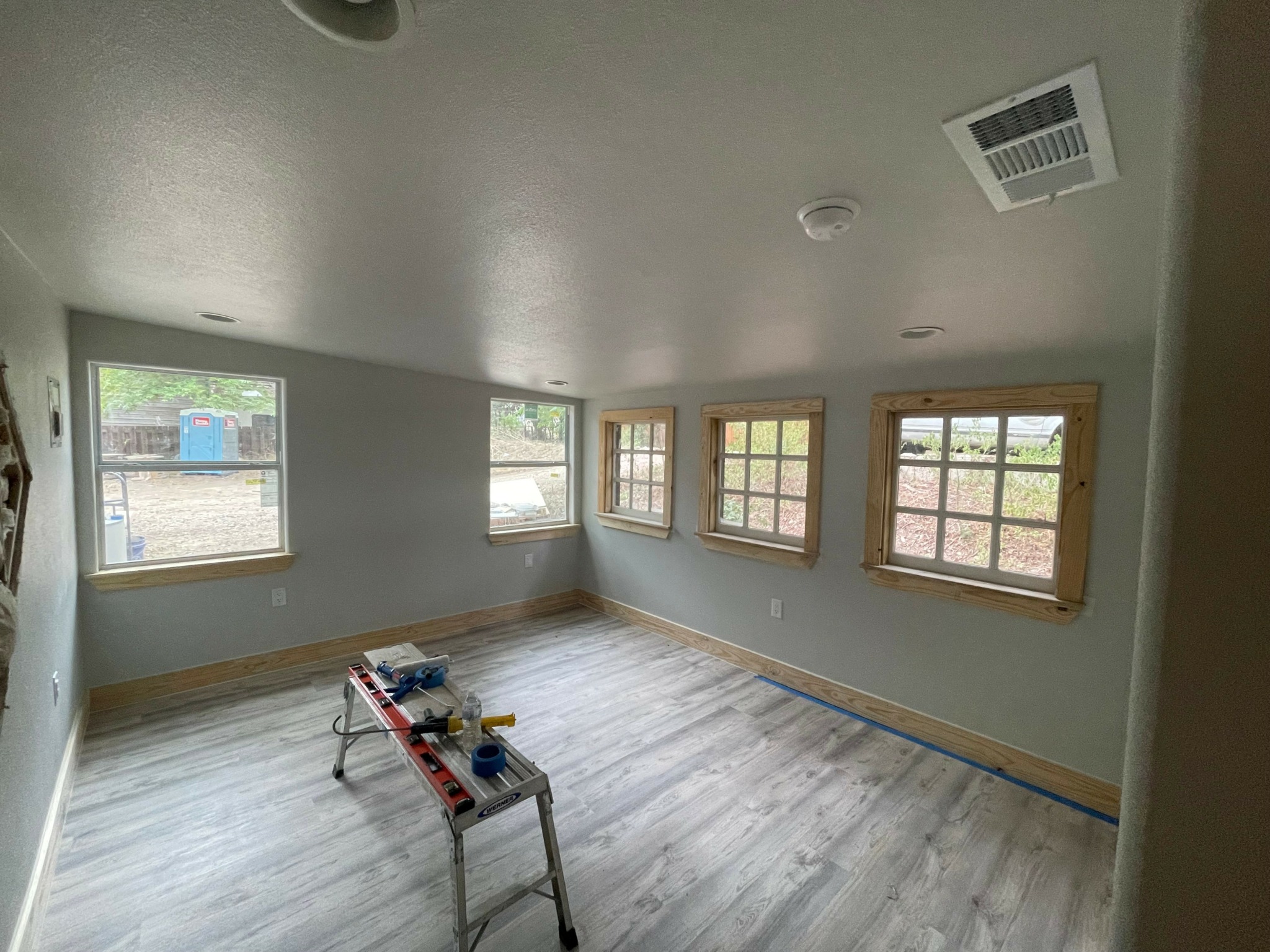
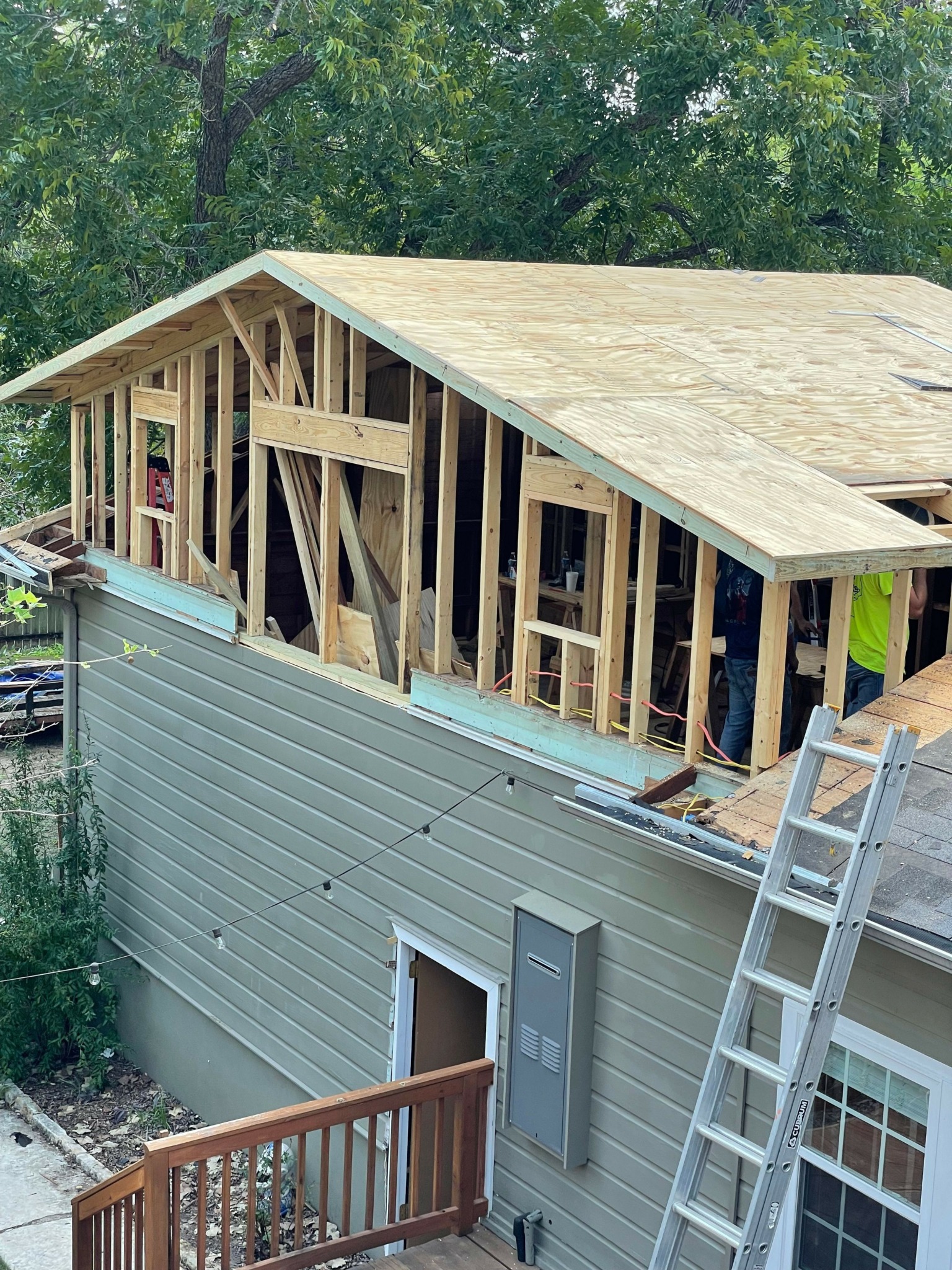
Do you have any insights you can share related to maintaining high team morale?
I think the best way to lead is by example. One thing I learned from my first mentor was that he would not make anyone do anything that he wasn’t willing to do himself. I think this sets a base line level of respect, when you can communicate and display this. You need to be willing to show your team that you are not afraid to get your hands dirty. You need to ask yourself, what’s the difference between a leader and a boss? I think a boss has no interest in their team, only in completing the objectives. But a leader sees individuals and helps them reach their potential, so that both individual and team goals can be reached. Always remember actions speak loader than words. So don’t say one thing and do another, and don’t hold people to a higher standard than you hold yourself. When you say you are going to do something, keep your word. If you say you are going to do something and you don’t follow through. You are like clouds and wind that bring no rain. No one likes someone who doesn’t follow through with what they say they are going to do, and it’s very difficult to respect someone you don’t like. Communication is also very important. If your team doesn’t know what they are supposed to do, or why, it creates confusion. Confusion creates disorder, and disorder creates anxiety. No one wants an anxious team. If you are not there to lead them someone else may try to step up to take charge. This can cause friction in your team when someone try’s to assume authority that you have not given them. Especially when you have other people on your team who have been there longer, are older, or have more experience. Your team is there to work. No one enjoys a job where they feel like they didn’t accomplish anything. So give your team direction and help them to see the bigger picture. If they understand why they need to do a particular task, it helps to promote satisfaction with their efforts. You should also help your team, to improve their skills. I have learned, if I want to teach someone how to do something, I first give them a chance to try to figure it out for themselves. People are usually stubborn and don’t usually like being taught how to do everything. But if you allow them some time and space to try to figure it out for themselves first, you are communicating that you believe in their ability to figure things out. If they can’t figure something out, or if they are doing something inefficiently, then give them some advice or instructions, and they will be grateful for your help. I have found people are a lot more likely to listen to my advice or instruction after they have tried to figure it out for themselves. If you can lead by example, respect your team, have good communication, give them space to try to figure things out, and keep your word you are sure to have great morale in any workspace.
Contact Info:
- Website: https://Aqctx.org
- Facebook: https://m.facebook.com/armstrongqualityconstruction/
- Youtube: https://youtube.com/@aqc.remodeling?si=b_2gZNq_Fb2jpDoj
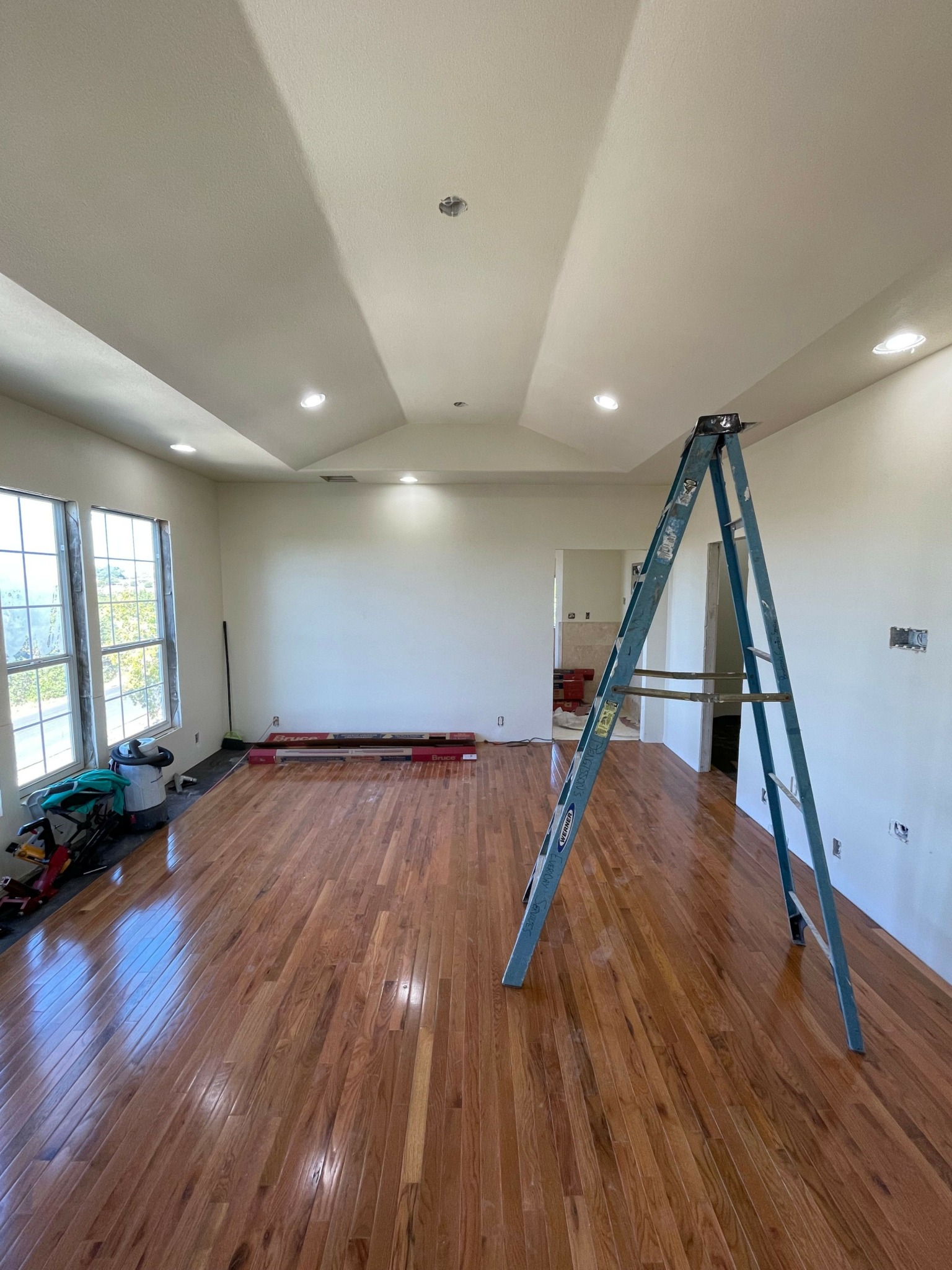
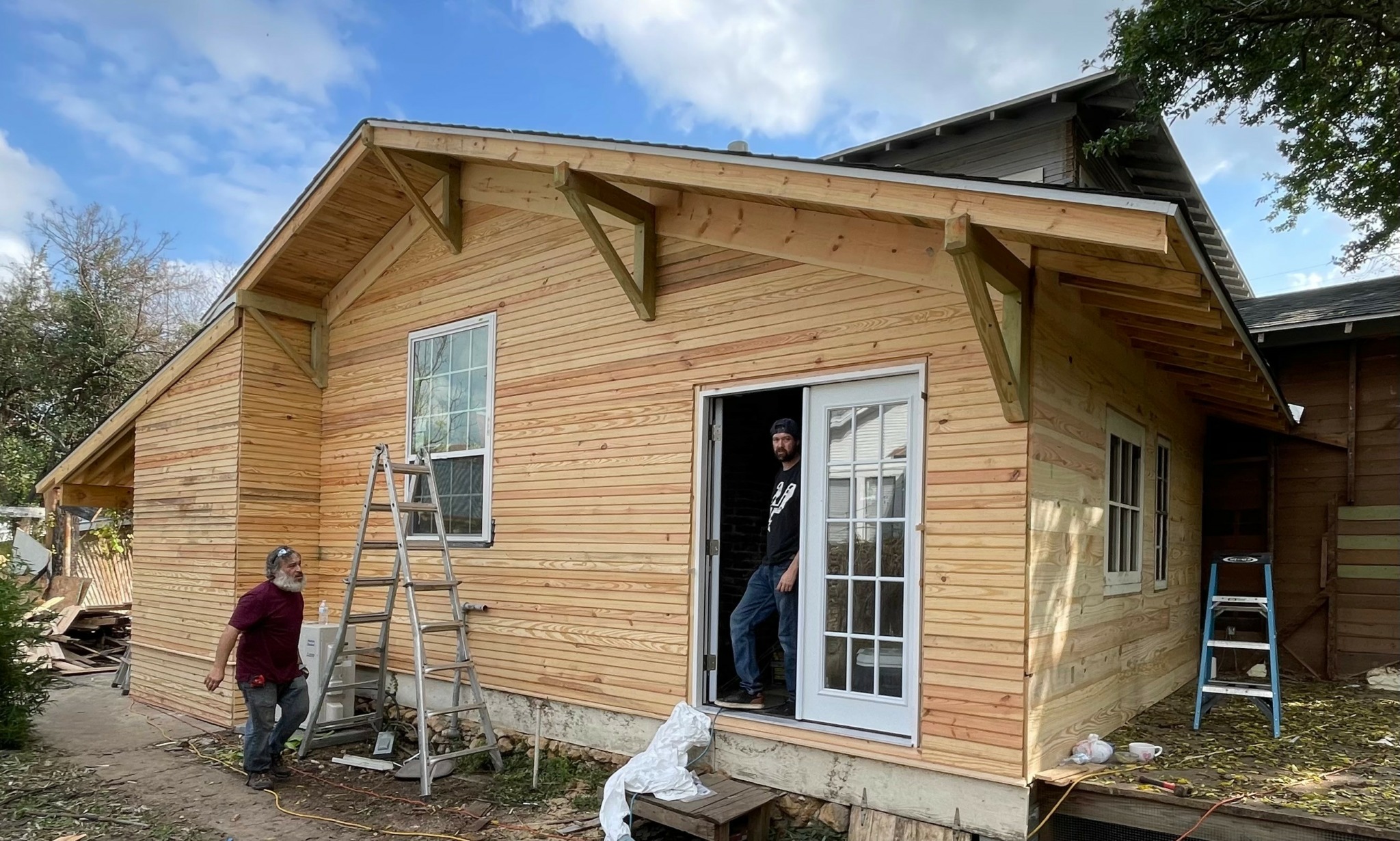
Image Credits
Seth Armstrong


